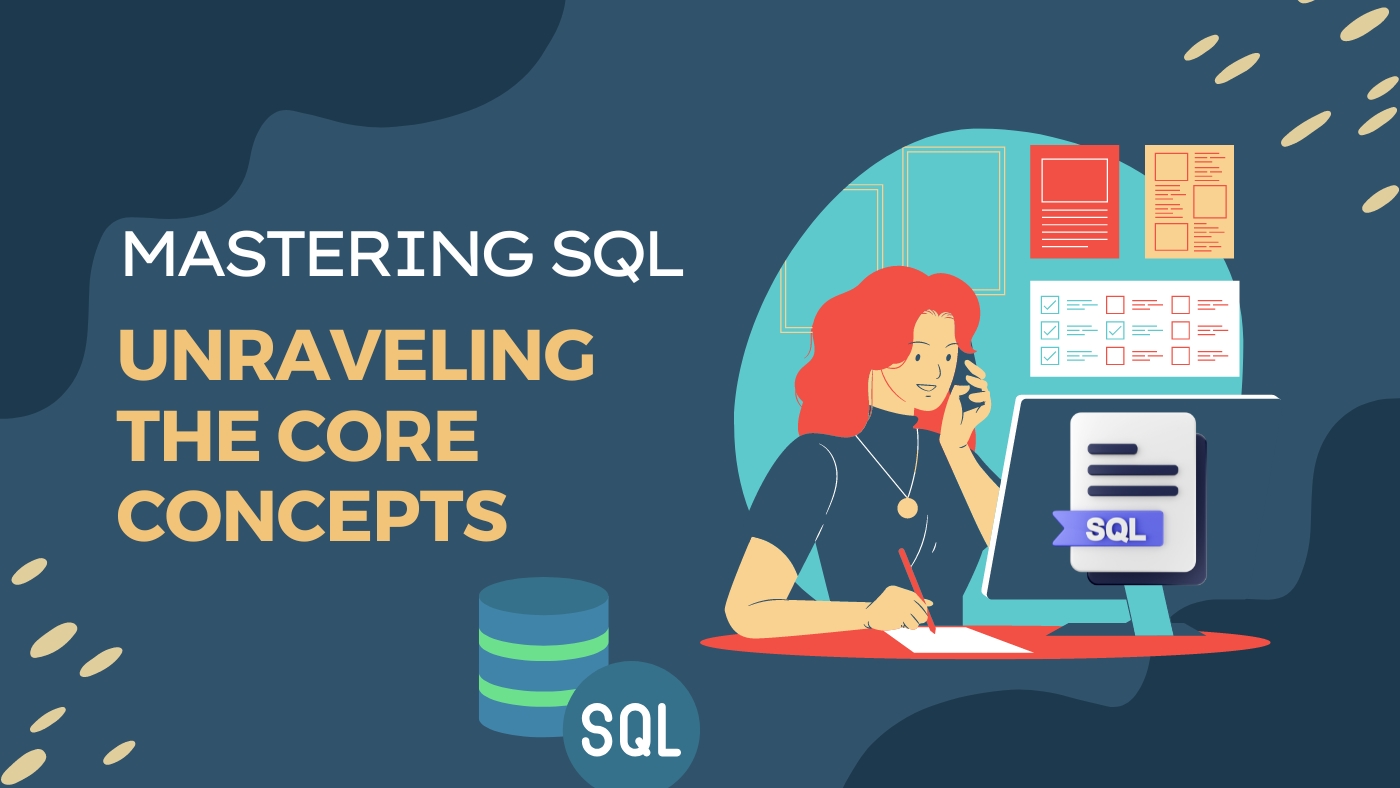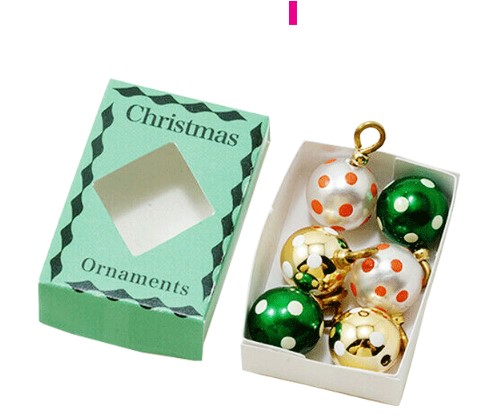The Mastering Google Sheets: Automate and Schedule Emails with Ease
In an era dominated by digital data, mastering the art of managing and manipulating it can significantly improve your productivity. Today, we’ll explore an exciting feature of Google Sheets – scheduling and automating emails. This step-by-step guide will offer you a deeper understanding and enable you to harness the full potential of this tool.
Introduction
Google Sheets, part of the Google Workspace suite, isn’t just for crunching numbers or tracking expenses. By integrating with Google Apps Script, it can perform advanced tasks such as automating and scheduling emails. This functionality can be a game-changer, especially for businesses or individuals who frequently send recurring emails or reports.
Getting Started with Google Apps Script
To automate the sending of emails from Google Sheets, we’ll tap into the power of Google Apps Script. Google Apps Script is a JavaScript-based language developed by Google. It allows users to enhance, automate, and connect Google Workspace apps, offering a world of possibilities for customization.
- Open Your Google Sheet: Navigate to the Google Sheet you want to use. It could be a report, a list of contacts, or any data set you wish to mail.
- Open the Script Editor: Click on
Extensionsfrom the top menu, then selectApps Script. This will open the script editor in a new tab.
Scripting Your Emails
Now comes the fascinating part – writing the script that will send your emails. Fear not! Even if you’re not familiar with JavaScript, the code below is quite straightforward.
In the script editor, remove any pre-filled code, then copy and paste the following:
function emailAutomation() {
var sheet = SpreadsheetApp.getActiveSpreadsheet().getSheetByName('Sheet1');
var startRow = 2;
var numRows = sheet.getLastRow();
var dataRange = sheet.getRange(startRow, 1, numRows, 2);
var data = dataRange.getValues();
for (var i = 0; i < data.length; ++i) {
var row = data[i];
var emailAddress = row[0];
var message = row[1];
var subject = 'Scheduled Email';
MailApp.sendEmail(emailAddress, subject, message);
}
}
This script reads the email addresses and messages from your Google Sheet and uses them to send emails. Replace ‘Sheet1’ with the name of your sheet, and adjust the startRow, numRows, and dataRange as per your data. The ‘Scheduled Email’ is the subject of the email sent, feel free to modify it as per your requirement.
After pasting and modifying the script, click on the disk icon or select File > Save to save your script.
Scheduling Your Emails
With your script ready, it’s time to automate the process. Google Apps Script provides a nifty feature called Triggers, allowing you to schedule your function’s execution.
- Create a Trigger: In the Apps Script, click on
Triggers(the clock-like icon on the left). Then, clickAdd Triggerin the bottom right. - Configure Your Trigger: Choose
emailAutomationfor the function to run. For ‘Select event source’, pickTime-driven. Then, configure the type and frequency of the trigger based on your needs. ClickSave.
And voila! You’ve successfully set up a scheduled task to send automated emails from your Google Sheet.
Extending Functionality: Personalizing Subject Lines and Adding Attachments
The power of Google Apps Script goes beyond basic email automation. You can extend the functionality of the previous script to include dynamic subject lines and even add attachments to your emails. Let’s dive deeper and discover these advanced features.
Personalizing Email Subjects
Instead of sending every email with the same subject, you can personalize it based on the data in your Google Sheets. Modify the script as shown below:
function emailAutomation() {
var sheet = SpreadsheetApp.getActiveSpreadsheet().getSheetByName('Sheet1');
var startRow = 2;
var numRows = sheet.getLastRow();
var dataRange = sheet.getRange(startRow, 1, numRows, 3);
var data = dataRange.getValues();
for (var i = 0; i < data.length; ++i) {
var row = data[i];
var emailAddress = row[0];
var subject = row[1];
var message = row[2];
MailApp.sendEmail(emailAddress, subject, message);
}
}
With this updated script, the subject of each email corresponds to the data in the second column of your Google Sheet.
Adding Attachments from Google Drive
What if you want to attach files to your automated emails? No worries, Google Apps Script has you covered! Here’s how you can modify the script to send an attachment from your Google Drive:
function emailAutomation() {
var sheet = SpreadsheetApp.getActiveSpreadsheet().getSheetByName('Sheet1');
var startRow = 2;
var numRows = sheet.getLastRow();
var dataRange = sheet.getRange(startRow, 1, numRows, 3);
var data = dataRange.getValues();
for (var i = 0; i < data.length; ++i) {
var row = data[i];
var emailAddress = row[0];
var subject = row[1];
var message = row[2];
var fileId = 'Enter_Your_File_ID_Here';
var file = DriveApp.getFileById(fileId);
MailApp.sendEmail({
to: emailAddress,
subject: subject,
body: message,
attachments: [file.getAs(MimeType.PDF)]
});
}
}
In this script, replace 'Enter_Your_File_ID_Here' with the ID of the file you want to attach. The file ID is the string of characters in the URL of the file in Google Drive. This script will send the file as a PDF attachment in each email.
Remember to save your script and update your trigger each time you modify it.
Conclusion
By exploring the depths of Google Apps Script, we’ve transformed our simple Google Sheet into a dynamic email automation tool, capable of personalizing subject lines and sending attachments. And this is only scratching the surface! There’s a world of possibilities to explore with Google Sheets and Google Apps Script. Take the plunge, and you might be surprised at the time and effort you can save with a little bit of code.



